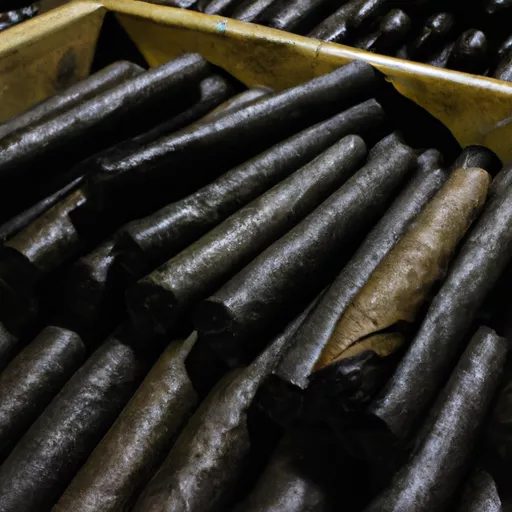little black cigars

As a fan of cigars, I have always been intrigued by the world of little cigars. These small but mighty smokes have gained popularity in recent years, often being seen as a more affordable and convenient alternative to regular cigars. But there is much more to them than meets the eye. In this article, I will take you on a journey through the world of little cigars, exploring their history, flavors, and why they have become a favorite among cigar enthusiasts.
First, let’s delve into the history of little cigars. They originated in the early 19th century, when cigar makers in Europe began experimenting with smaller cigar sizes. They were initially called “cheroots”, and were made by hand-rolling leftover tobacco scraps into a small, cigar-shaped bundle. These cheroots were popular among working-class people, as they were more affordable than traditional cigars and could be smoked in a shorter amount of time.
It wasn’t until the mid-20th century that little cigars gained popularity in the United States. During this time, cigarette companies began producing little cigars as a way to expand their product line and appeal to cigar smokers. These little cigars were often marketed as a healthier alternative to cigarettes and were more attractively priced, leading to an increase in their popularity among the general public.
Now, let’s discuss the flavors of little cigars. Traditional cigars are known for their rich and complex flavors, with variations based on the type of tobacco, blend, and aging process. Little cigars, on the other hand, tend to have milder and sweeter flavors. They are often infused with flavors like vanilla, cherry, and chocolate, making them appealing to those who enjoy a hint of sweetness in their smoke.
One of the reasons why little cigars have become so popular in recent years is because of their affordability. Traditional cigars can cost anywhere from $10-$50, depending on the brand and type. Little cigars, on the other hand, can cost as little as $1 each, making them much more budget-friendly. This is especially appealing to those who may be new to cigar smoking and don’t want to invest in expensive cigars just yet.
Another reason for the rise in popularity of little cigars is their convenience factor. Unlike traditional cigars, little cigars do not require a cutter or lighter. They come with a pre-made hole in the cap, which eliminates the need for a cutter. And since they are often infused with flavors, they do not require a torch lighter to light them. This makes them a great option for those on the go or for a quick smoke break.
Despite their small size, little cigars are often made from high-quality tobacco. They may not have the same complexity as traditional cigars, but they still provide a smooth and enjoyable smoking experience. Like traditional cigars, they also come in a variety of sizes and shapes, including cigarillos, perfectos, and coronas.
One thing to note about little cigars is that they are often seen as a hybrid of cigarettes and traditional cigars. They are closer in size to a cigarette, but are rolled like a cigar with a natural tobacco wrapper. This has led to some controversy and regulation surrounding little cigars. In 2009, the Food and Drug Administration (FDA) passed the Family Smoking Prevention and Tobacco Control Act, which categorized little cigars as cigarettes and subjected them to similar regulations.
However, despite this regulation, little cigars continue to grow in popularity. In fact, some cigar enthusiasts argue that little cigars should be considered their own distinct category, with their own unique flavors and characteristics.
In conclusion, little cigars may be small in size, but they pack a punch in terms of flavor and affordability. From their humble beginnings as “cheroots” in Europe to their widespread popularity in the United States, they have come a long way. Whether you’re a seasoned cigar smoker or a new enthusiast, little cigars are definitely worth giving a try. Who knows, you may just find your new favorite smoke. Happy puffing!